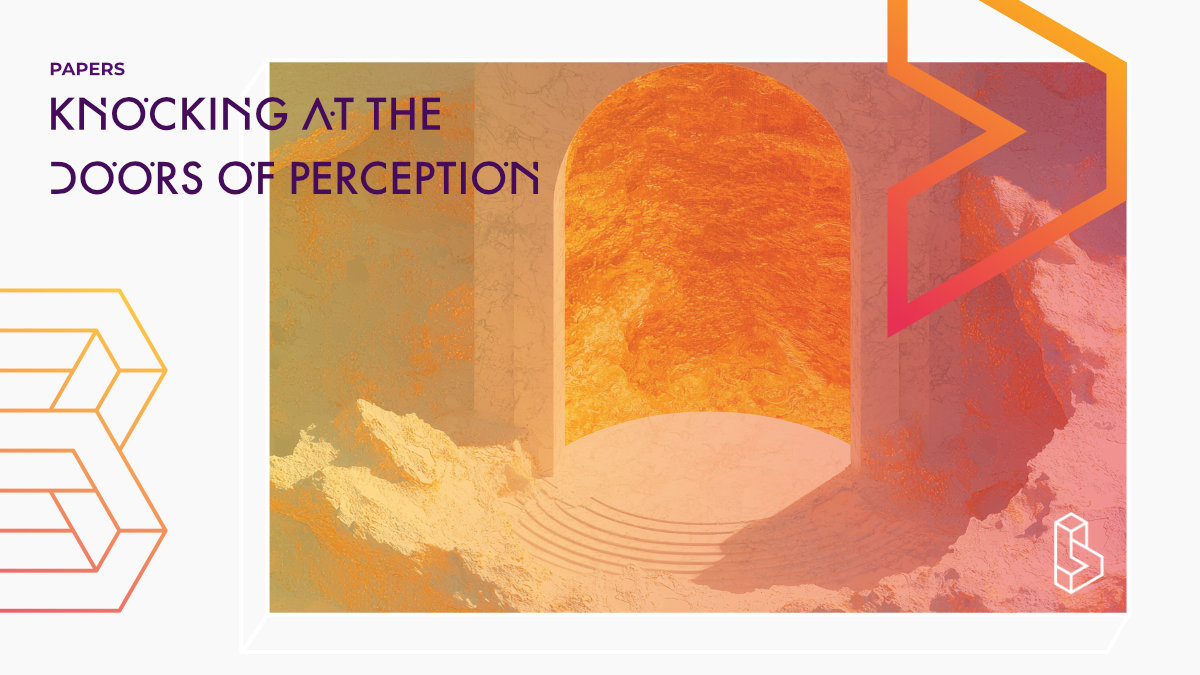This secondary analysis of an fMRI dataset (n=15) found that intravenous LSD (75μg) decreased both amplitude of low-frequency fluctuations (a measure of local brain activity) and regional homogeneity (a measure of local brain connectivity) in sensory and visual regions, with specific decreases in brain networks involved in self-referential thought and executive control, whilst neurochemical analysis revealed that these LSD-induced changes were negatively correlated with D2 and 5-HT1A receptor density, suggesting LSD engages complex neurochemical processes beyond its known 5-HT2A receptor target.
Abstract of Knocking at the Doors of Perception: Relating LSD Effects on Low-Frequency Fluctuations and Regional Homogeneity to Receptor Densities in fMRI
“Despite a renewed scientific interest in lysergic acid diethylamide (LSD), its local neurofunctional effects remain underexplored. This functional Magnetic Resonance Imaging (fMRI) study explored and compared LSD-induced changes in local activity (amplitude of low-frequency fluctuations: ALFF) and local connectivity (regional homogeneity: ReHo), assessing their relationship to regional receptor density. Imaging data of 15 healthy adults from an open dataset were analyzed. For each participant, two pairs of resting-state runs were available (rest1 and rest2), one performed under placebo and one following the intravenous administration of 75μg LSD. Voxel-wise paired t-tests compared ALFF and ReHo in the LSD versus placebo conditions. Rest1*rest2 test–retest reliability and ALFF*ReHo cross-modal associations were assessed with conjunction maps and vertex-wise correlations. Finally, neurochemical enrichment analyses related LSD-induced ALFF and ReHo changes to cortical density maps of LSD-related neurotransmitter receptors and transporters. Both ALFF and ReHo decreased in somatosensory/visual cortices under LSD compared to placebo. Specific decreases were observed for ALFF in associative regions belonging to the Default Mode and Fronto-Parietal networks, and for ReHo in subcortical regions (cluster-based corrected p<0.05). Test-retest reliability was high for ALFF (rho=0.80, p=0.001) and moderate for ReHo (rho=0.46, p=0.001). ALFF*ReHo LSD-induced changes were moderately associated (rest1: rho=0.36, p=0.001; rest2: rho=0.56 p=0.001). Neurochemical enrichment analysis showed that LSD-induced ALFF/ReHo alterations occurred in regions with high density for D2 and 5HT1a receptors (FDR-corrected p<0.05). Together, interactions between reliable neurofunctional indexes and D2 and 5HT1a receptor densities unravel the involvement of novel, complex, and dynamic processes triggered by LSD.“
Authors: Paolo La-Torraca-Vittori, Livio Tarchi, Elisa Arrigo, Stefano Lanterna, Eleonora Tosi, Arne Doose, Fulvia Palesi, Doris Pischedda, Valdo Ricca, Paolo Fusar-Poli & Stefano Damiani
Summary of Knocking at the Doors of Perception: Relating LSD Effects on Low-Frequency Fluctuations and Regional Homogeneity to Receptor Densities in fMRI
While LSD has resurfaced as a compound of interest in neuroscience and psychiatry, many of its localised neurophysiological effects remain insufficiently understood. Earlier studies have demonstrated LSD’s capacity to alter brain-wide connectivity and dynamics, but more granular analyses of its impact on local brain function are limited. This study by La-Torraca-Vittori and colleagues sought to address this gap by investigating LSD’s effects on two key functional magnetic resonance imaging (fMRI) metrics: the amplitude of low-frequency fluctuations (ALFF) and regional homogeneity (ReHo). ALFF reflects spontaneous neural activity, particularly in slow-frequency ranges, while ReHo measures the synchronisation of neural activity within small, localised clusters of brain voxels.
The authors aimed to map LSD’s influence on these two indices in resting-state fMRI data and relate these changes to regional densities of neurotransmitter receptors known to interact with LSD. The pharmacological rationale stems from LSD’s activity at various serotonergic and dopaminergic receptor sites—most prominently 5-HT₂A receptors. Given the emergence of neurochemical enrichment analysis, which allows for the integration of neuroimaging data with known receptor density maps, this study attempted to bridge subjective drug effects with their underlying neurobiological substrates. By doing so, it aspired to unravel how alterations in local brain function relate to the distribution of receptor targets involved in the psychedelic experience.
Methods
Participants and Data
The authors re-analysed data from a publicly available open-access dataset involving 15 healthy adult participants. Each participant underwent resting-state fMRI scanning in two conditions: once under the influence of LSD (administered intravenously at a dose of 75 micrograms) and once under placebo. For each condition, two resting-state runs were obtained—labelled rest1 and rest2—allowing for assessment of both LSD effects and test-retest reliability.
Neuroimaging Metrics: ALFF and ReHo
Find this paper
https://doi.org/10.1111/ejn.70338
Open Access | Google Scholar | Backup | 🕊
Cite this paper (APA)
La‐Torraca‐Vittori, P., Tarchi, L., Arrigo, E., Lanterna, S., Tosi, E., Doose, A., ... & Damiani, S. (2025). Knocking at the Doors of Perception: Relating LSD Effects on Low‐Frequency Fluctuations and Regional Homogeneity to Receptor Densities in fMRIf. European Journal of Neuroscience, 62(10), e70338.
Study details
Compounds studied
LSD
Topics studied
Healthy Subjects
Neuroscience
Study characteristics
Original Re-analysis
Bio/Neuro
Participants
15
Humans
Compound Details
The psychedelics given at which dose and how many times
LSD 75 μg | 1xLinked Research Papers
Notable research papers that build on or are influenced by this paper
Neural correlates of the LSD experience revealed by multimodal neuroimagingUsing three different neuroimaging techniques (ASL, BOLD, MEG), this single-blind, placebo-controlled study highlighted the neurological underpinnings of the LSD/psychedelic (75μg) experience.

